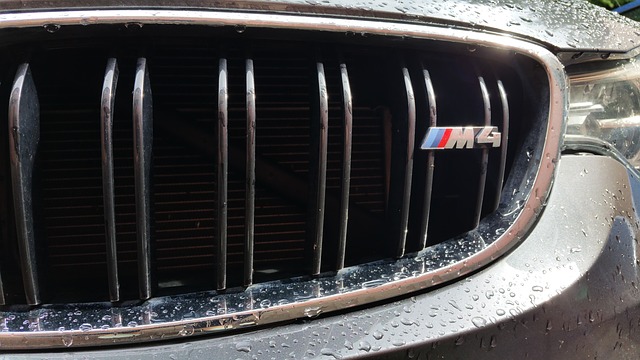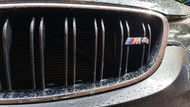How Radiator Fans Work and Why They Are Important
29th Apr 2021

Understanding the Engine Cooling System
Your vehicle's cooling system consists of more than just a radiator; it has fans as well. Most vehicles have two radiator fans. When driving, the fans should turn on automatically to cool your vehicle's engine and protect it from overheating. To learn more about radiator fans, including how they work and why they are important, keep reading.
Overview of Radiator Fans
Radiator fans are powered fans that are designed to remove heat from coolant as it travels through the radiator. You can usually find them directly behind the radiator. When inspecting your vehicle's engine bay, you should see two side-by-side fans directly behind the radiator.
Of course, there are different types of radiator fans. Some of them are belt driven, whereas others are electric. Belt-driven radiator fans are powered by a serpentine belt, whereas electric radiator fans are powered by your vehicle's battery. Regardless, they all consist of spinning blades that provide cooling benefits.
How Radiator Fans Work
Radiator fans work by increasing airflow around the radiator. The radiator is the heart of your vehicle's cooling system. It contains thin and hollow pathways through which liquid coolant can flow. As coolant travels to your vehicle's engine, it will absorb heat. The hot coolant will then return to the radiator where it's exposed to air from the fans.
Some air will inevitably flow over the radiator while your vehicle is in motion. If your vehicle is stopped, however, it won't receive any airflow. The lack of airflow will then result in inefficient cooling. The coolant will remain hot as it travels through the radiator. Instead of releasing its heat at the radiator, the hot coolant will simply go back to your vehicle's engine, which could lead to overheating.
Signs of Bad Radiator Fans
How do you know if your vehicle's radiator fans need replacing? If they don't turn on automatically, chances are they need replacing. As previously mentioned, most radiator fans are designed to work automatically. As your vehicle's coolant temperature rises, the radiator fans will kick on. If you've been driving for 10 minutes or longer and don't hear or see the radiator fans spinning, you should consider replacing them.
Radiator fans are also synchronized with most cabin air conditioning systems. If you turn on the air conditioning system in your vehicle's cabin, the radiator fans should turn on as well. Automotive air conditioning systems consist of a condenser coil that's located in front of the radiator. The condenser coil needs airflow to provide cool air for your vehicle's cabin, so they use the radiator fans for this purpose.



